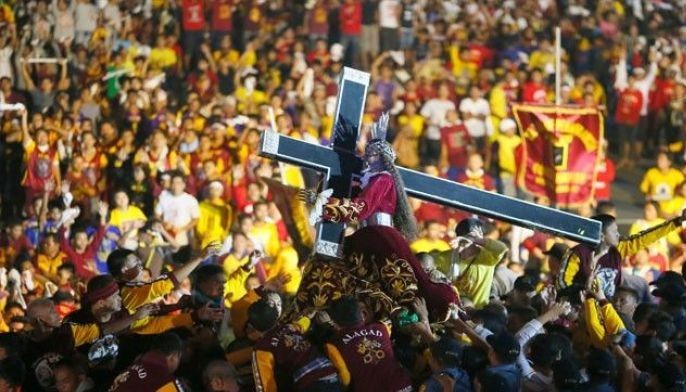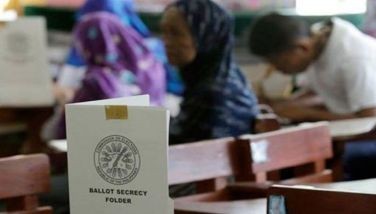Yearender: Severe weather events batter Phl in 2011
MANILA, Philippines - The Philippines continued to experience severe weather events in 2011 that killed thousands of people, highlighting the country’s increasing vulnerability to the effects of climate change and environmental degradation.
Tropical storms “Pedring” and “Sendong,” which hit the country in September and December, unleashed massive flooding.
Pedring battered Luzon, including Metro Manila, on Sept. 27, leaving over 35 people dead and damaging more than P1 billion worth of property.
Local officials said Pedring caused the worst flooding in Pampanga and Bulacan.
The typhoon also inundated several parts of Metro Manila, including portions of Roxas Boulevard in Manila after a portion of the seawall fronting Manila Bay collapsed due to storm surge associated with the weather disturbance.
Sendong, on the other hand, dumped heavy rains over Northern Mindanao last Dec. 16, triggering massive flooding that killed at least 1,080 people.
The storm’s damage was pegged at P1.033 billion as of 6 a.m. Friday.
The names Pedring and Sendong, along with tropical storms “Bebeng,” “Juaning,” and “Mina,” were stricken off the list of local storm code names due to the huge damage inflicted on the country.
Bebeng hit the country in May, leaving 44 people dead and damaging over P1.3-billion worth of property.
Juaning battered the country in July, leaving 52 people dead and damage to property worth P1.7 billion.
Mina slammed the country in August, killing 16 people and causing damage to property worth P1.009 billion.
Nathaniel Servando, administrator of the Philippine Atmospheric, Geophysical and Astronomical Services Administration (PAGASA), said Mina, Juaning, Pedring and Sendong were destructive tropical storms.
“It is rare for a storm to pass Mindanao,” he said, referring to Sendong, which wreaked havoc in Northern Mindanao and Central Visayas.
Science Secretary Mario Montejo said Sendong is the strongest storm to hit Mindanao since 1980.
PAGASA has again come under a storm of criticism over the trail of destruction left by Sendong.
“PAGASA’s forecast on Sendong was delivered on time and its rainfall and storm monitoring were on track,” Servando said.
Montejo said places like Bohol, Surigao and Camiguin that heeded PAGASA’s warning and took appropriate actions had mitigated the effects of Sendong.
PAGASA officials warned the public against possible flashfloods and landslides as heavy rains brought by the prevailing La Niña phenomenon will continue to prevail until May next year.
Water sensors
Montejo said to further improve its forecasting and hazard mitigating capability, PAGASA will upgrade its monitoring systems in 2012.
“We are set to install 1,000 water level sensors in all river basins next year,” he said.
“Since the 1980s, only four rivers were installed with sensors to measure water-level rise. The President gave instructions and allotted resources to fast-track our river monitoring system nationwide to aid in forecasting potential floods.”
Montejo said to enhance rainfall and weather forecasting, they will also work on the integration of data from Doppler radars, satellites, automated weather systems and rain gauges through numerical model.
“The DOST is also looking at enhancing its flood forecasting system to determine expected impact on local communities,” he said.
“This includes the use of several techniques such as three dimensional (3D) maps.”
Montejo said the government has allocated some P1.6 billion for a comprehensive 3D map of the Philippines.
The Philippines ranked 10th among countries in terms of exposure and responding to severe weather caused by climate change, according to climate and development organization Germanwatch.
The Philippines is on the path of typhoons that form in the western Pacific.
The country is visited by about 20 storms every year.
A total of 19 tropical storms have visited the country so far this year.
- Latest
- Trending































